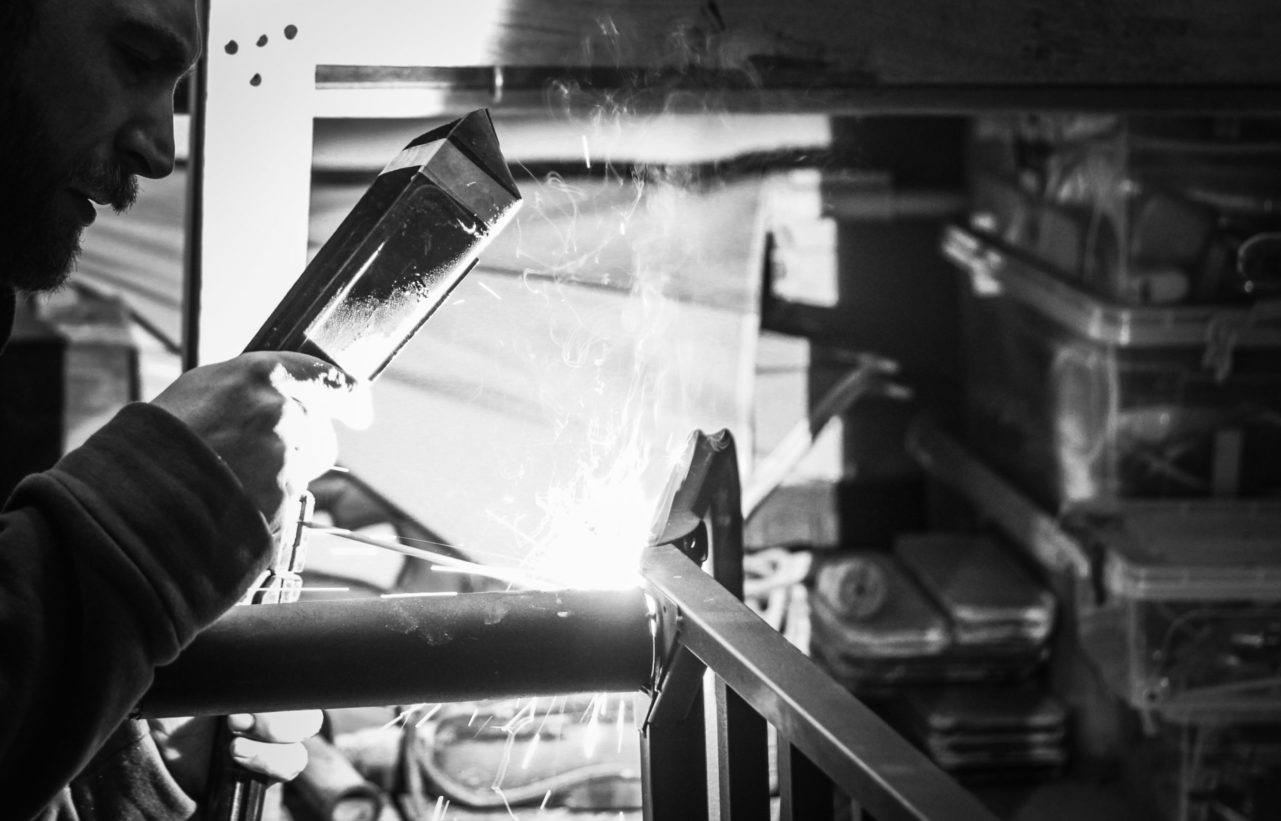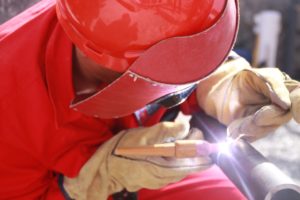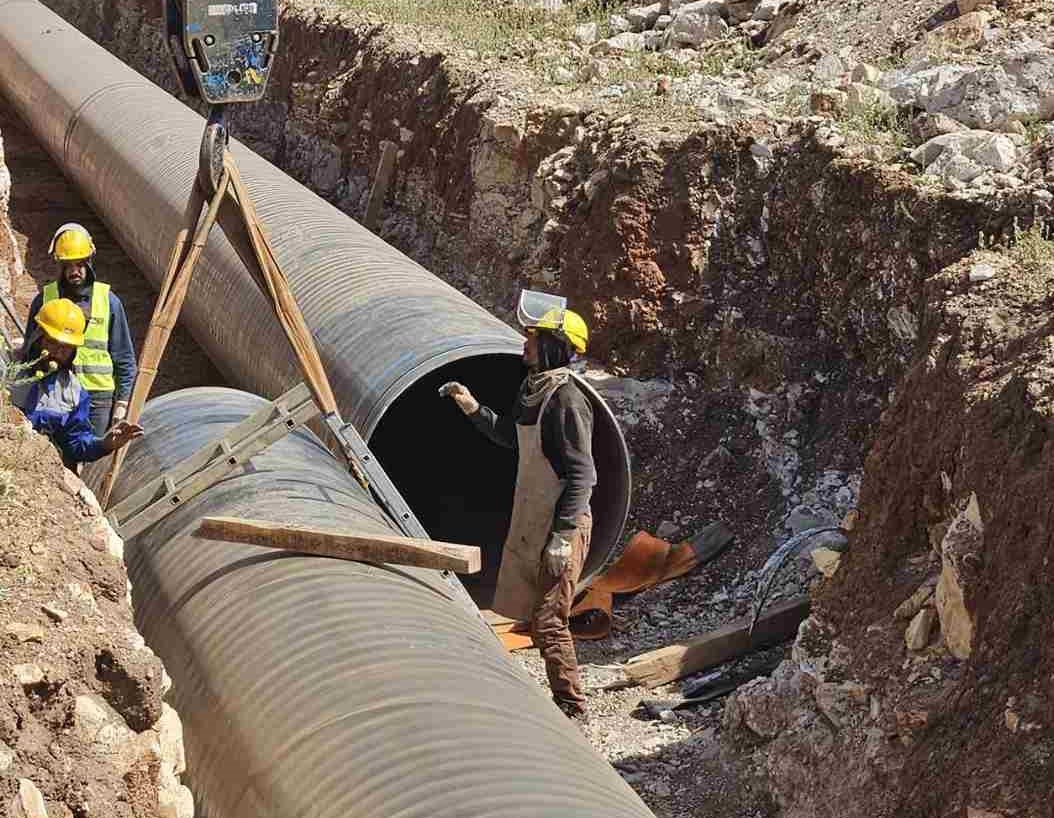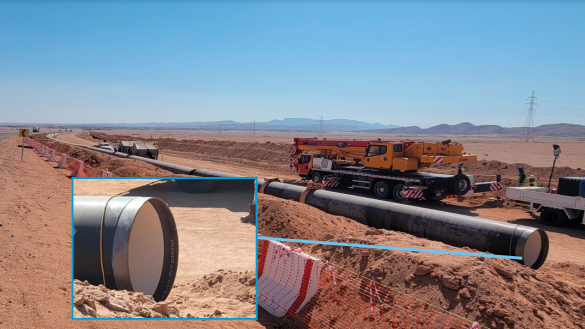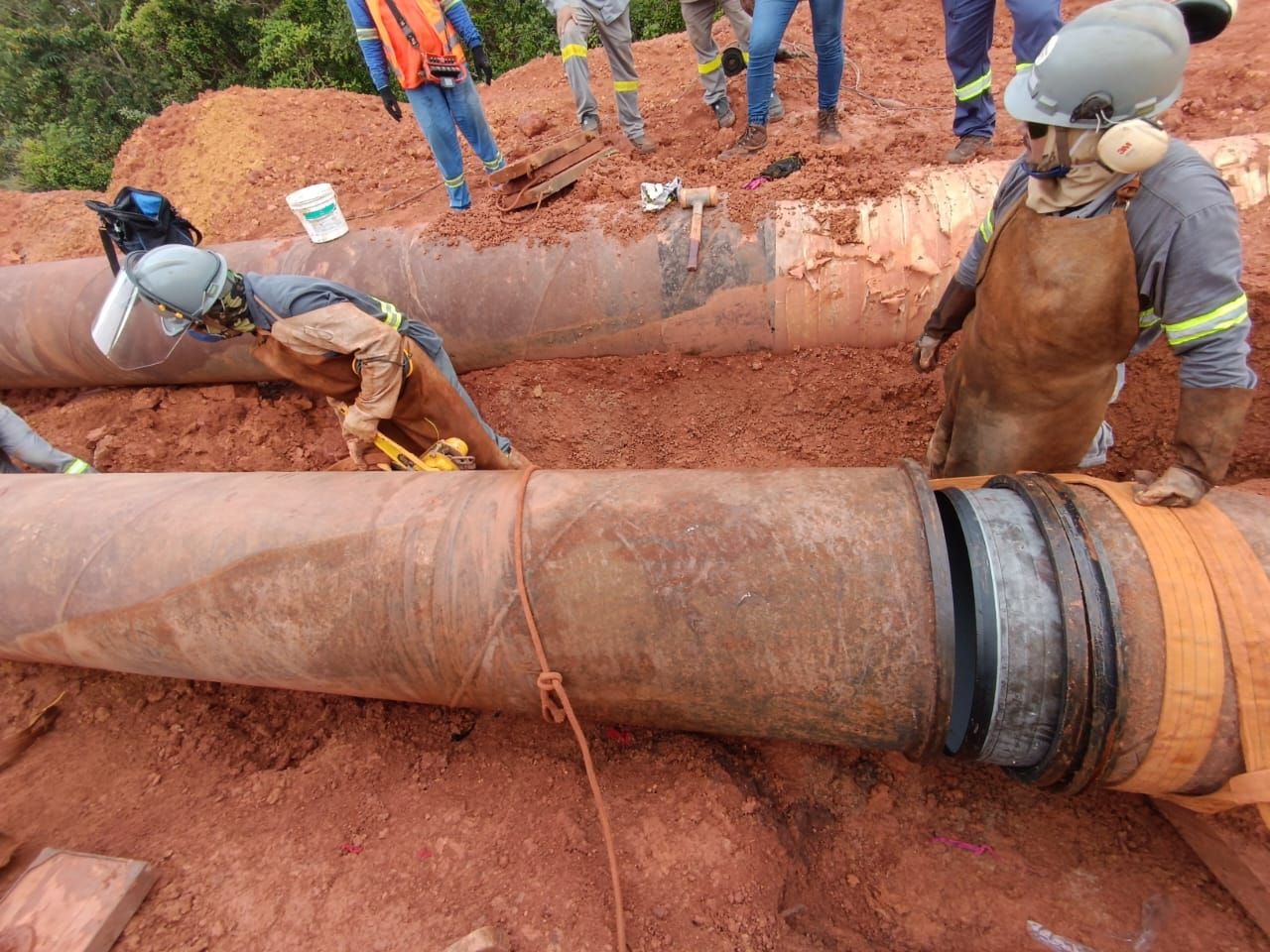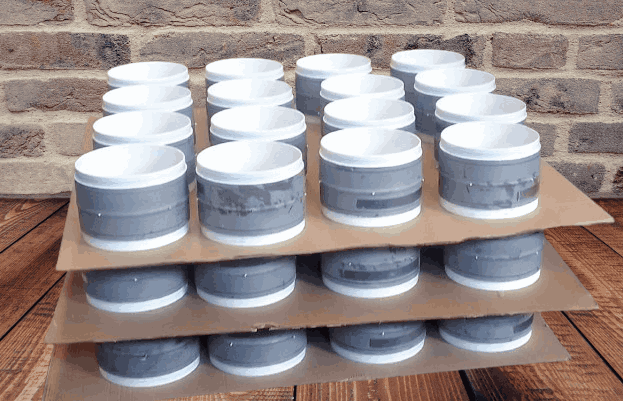For better plumbing systems, a complete guide to welding joints and parts is necessary. Point or edge at which two or more metals or plastics are attached. As a result of joining two or more workpieces, they are formed into a specific shape. The Welding Society refers to five types of welding pipe joints: but, corner, hem, lap, and tee. Welding is a complex task that requires patience, a keen eye for creativity, and creativity. The pipe joints must need a coating such as a girth weld coating, you must know the importance of girth weld coating.
Lined Pipe System is providing the best pipeline services and provides a stronger joint with our best and high-quality Joint lock rings. Get the best piping services and pipeline welding by choosing our services.
What Are Welding Joints Used For?
By bending the plates at an angle, one or both plates can be created. The weld joint’s function is to secure the components together so that the pressure is distributed equally. Strong, compact, flexible, frictional, and shear forces combine to exert pressure on welded junctions.
Types of Welding Joints
1. Butt Joint
This type of joint consists of two workpieces in a single plane with their edges interlocked or with the root opening placed side by side. Butterflies are often used to join a plate, pipe, tube, or any other application when a smooth hot surface is desired. Furthermore, welding projects using this design can install car exhaust systems or door seam panels. The hip joints have a good working capacity when well-adjusted and warmed up.
Material thickness or application aids in determining if stop member edges should be left square or beveled. Beveled edges often form a strong weld, but are time-consuming and require additional weld deposits. Square slots are often used for small items where edge fixing is not possible.
Key tips for butt joints
- Determine whether the root opening is necessary or if the equipment can burn without one.
- Make sure that the assembly of the parts is done correctly to minimize any problems during welding and to make the process easier in general.
- Determine whether the edges of the weld require trimming or if the combined square groove design will suffice for the application.
2. Tee Joint Welding
When two components come together at a 90° angle, a weld junction is created. This causes the edges to meet at the center of the plate or part of the ‘T’ shape. The tee joint can be formed by welding a tube or pipe to a base plate and is considered a fillet weld. For this type of welding, it is important to always ensure there is a successful entry into the weld ceiling.
The base metal is normally too thick for a tea joint to be slotted unless the welding on both sides cannot support the load to be assembled. A common feature that occurs at T-junctions is lamellar rupture, which occurs as a result of clogging experienced by the junction. To prevent this, burners often use a lid to prevent joint deformities.
Key tips for Tee Joint Welding
- Assemble parts of an object and remove metals that do not need to be used.
- For additional reinforcement, heat the gasket joint on all four sides.
3. Edge Joints
An edge joint is created when the combination of materials leaves the edges flush or nearly flush. These unions are often used where equipment will not be under additional pressure. The edge gasket should not be used if one or both pieces will have an impact or other pressure. Additionally, these arrangements improve the weld by allowing greater penetration or improving the overall coverage of the weld when the edge joint is welded.
The joint can be heated from all sides, which means that all sides can be heated to further strengthen it.
Edge members and corner joints have many similarities. Part of the corner is usually outside the welding equipment, while the edge joint may be inside the work area.
Key tips for edge joints
- Only use these members in programs that will not be influenced or pressured.
- Secondly, adjust the edge of the groove to allow for adequate penetration or to improve the strength of the weld joint.
- In additional reinforcement, heat the gasket joint on all four sides.
Parts of Welding Joints Explained
The weld bead joints are placed in a groove made in the work surface or the space between the two joined pieces.
1. Fillet Weld Throat
The theoretical line is the distance between the weld and the root that is perpendicular to the line joining the feet on either side of the root and the hypotenuse of the right triangle that can be inscribed within the cross-section of the fillet weld. Moreover, the throat’s true measurement is the distance from the fillet weld’s root to its surface’s centre.
2. Fusion Zone
The location of the molten base metal during welding (as determined by the cross-section). It is sometimes called “filler penetration.”
3. Weld Face
An exposed weld can be seen to the right of where the torch formed the weld.
4. Weld Root
Weld interface and the base metal “bottom” of the weld.
5. Welding Reinforcement
A portion of the weld section above the base of the base metal.
6. Weld Toe
Visible connector for the welded surface and metallic base.
7. Leg Welding
The distance between the toe and the root of the weld.
How Joints Applies to a Career in Welding?
Understanding the physics of embedded design is important for welders as it allows them to see and anticipate the various forces that will be used to heat the field. Engineers use flexible, standardized load computing systems to anticipate power requirements for welds.
Modern welders are expected to understand the types of energy used in heating and determine the best-integrated design to prevent these forces from causing structural failure. Additionally, trained technicians should be aware of how to alter variables to eliminate weld flaws and materials, such as cracking or lamination, caused by incorrect weld joint settings.
Multi-Pass Welding: Heat-Affected Areas On Welded Parts
Soldering components include so-called multi-pass soldering. There are situations in which you will have to place more than one pearl to form a bond or heat.
Heat-affected zones where the buttocks are formed using more than one ‘earth’. In the first weld layer, the affected area is located. That is called the core temperature. And the secondary temperature exceeds the main temperature and is affected by the second layer more or less.
Moreover, the filler metal you add in the first pass is strengthened by the heat of the second pass or layer, in addition to the annealing impact of the second and major temperature on the base metal.
Conclusion
Modern welding machines ensure high efficiency, quality, production, and finish. Welding measures have improved many areas, and their choice has made welding/production a thriving industry; especially arc welding. However, if you think your member is well designed and you have an experienced welding machine that gets the job done, your welded member will be only as powerful as the basic elements that bind them together. MIG heating creates an arc between the continuous wire filler wire and the work surface.

